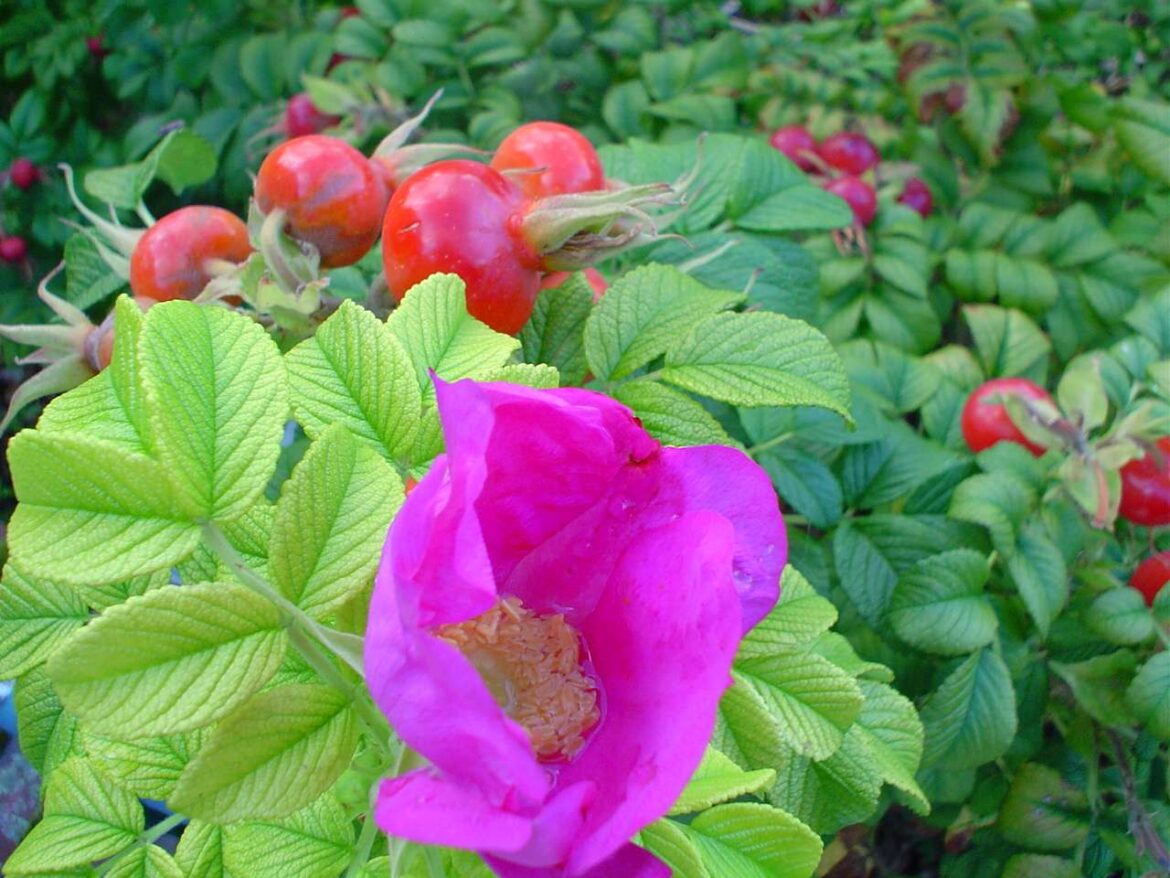By mid August summer growth in the garden has slowed and some seasonal plants are passed their best.
Sunset is now noticeably earlier – but evenings are still light until around 9pm.
Temperatures during most of July remained high, and with next to no rainfall during spring and early summer the drought situation in the garden was becoming critical; when rain arrived, it was less than forecast, but enough to start softening the ground, revitalising the grass – and filling water butts.
 Jackie Power
Jackie Power
During the months of drought, it has been a struggle to keep plants well-watered; in particular newly planted trees; some of the summer perennials and hydrangeas which need wet conditions have suffered die-back and wilting. August weather looks like being mixed with overcast and humid conditions.
The summer garden still has a delightful array of flowering plants to enjoy; as well as roses, Agapanthus (African lily) is in full bloom, as are Salvias, Cobaea and the English Lavenders (June to August). Sunflowers are beginning to make an appearance, the Geraniums, Fuchsias and Petunias – always the reliable performers amongst the summer annuals – are still full of blooms.
Work follows the familiar pattern and includes deadheading roses (except Rosa rugosa, multiflora or canina that have the decorative hips in autumn). Continue to feed plants; start to clear summer annuals once past their best; begin preparing new areas for planting. Autumn flowering crocus and Nerines (bulbs) can go in from late August.
Ensure pots and window boxes are watered at least once a day; this also applies to food crops – especially tomatoes and potatoes. General watering in the garden during hot weather needs to be done every couple of days.
To increase plant stocks, cuttings can be taken this month. Use the soft summer growth (slightly woody at the base) from Fuchsias, Geraniums and herbs such as Lavender, Rosemary and Sage. Put 4–6-inch cuttings (removing lower leaves) into small pots of sandy soil or multi-purpose compost. Ensure they do not dry out.
In the vegetable garden sow winter greens such as cabbage, kale, spring greens and broccoli; all tolerate cool conditions. Salad leaves can be sown through August until October.
Plant seed potatoes in the first week in August – this will be in time to produce a winter Christmas crop! It takes approximately 15-22 weeks for a second summer planting to reach maturity and be ready for harvesting. Seed potatoes can be found at Jamieson Brothers.
www.jamiesonbrothers.com/scottish-seed-potatoes/summer-planting-seed-potatoes

